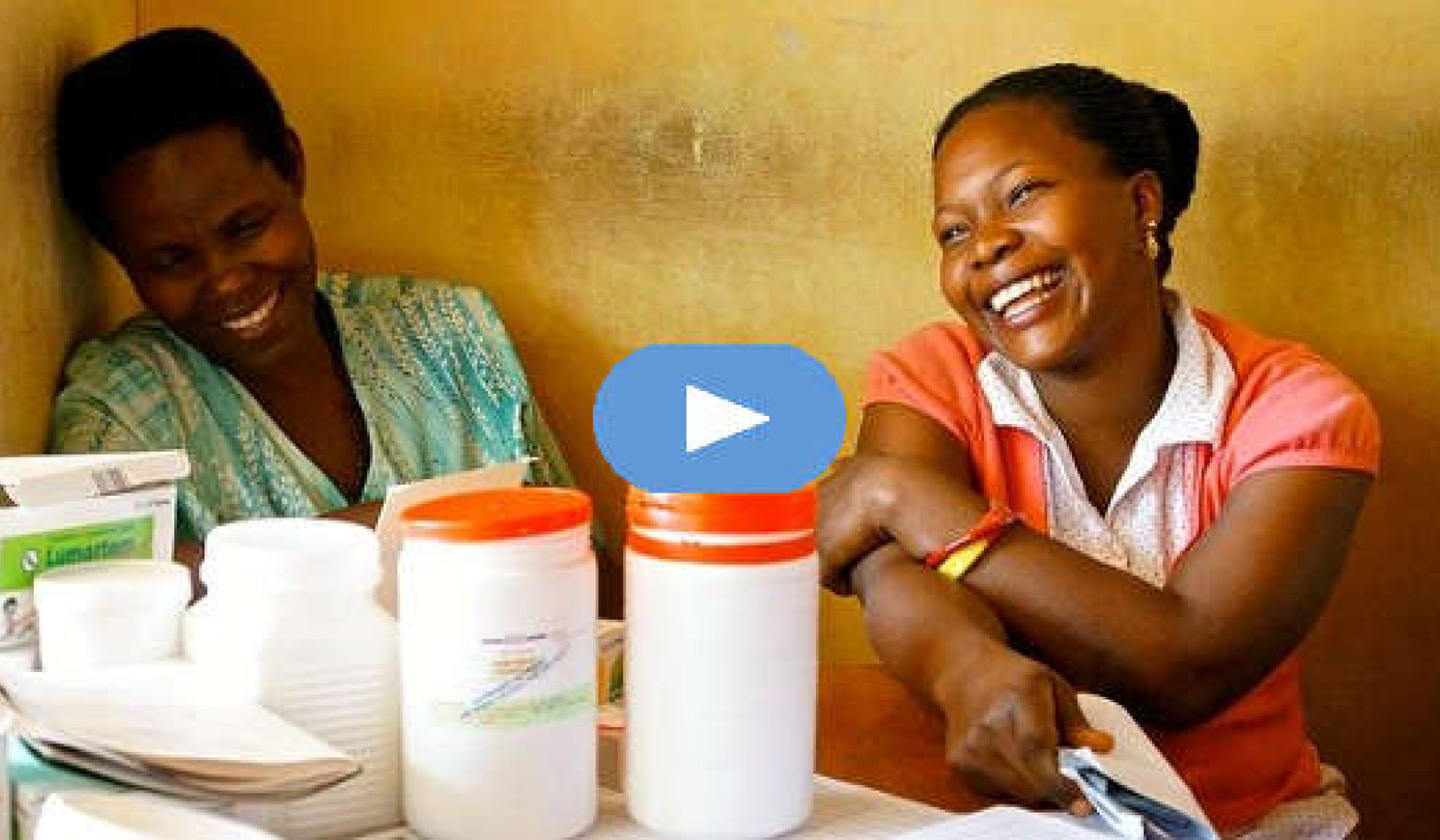
Live out of your imagination, not your history.
— STEPHEN R. COVEY
Imagine that you’re traveling through life in a car and you are the driver. Many people are unclear about the direction they are heading in, and some get through life never even learning how to drive. They operate their car in a default mode that allows them to zigzag through life with very little control. Many people get stuck and stalled, while others hit dead ends or go in circles, feeling like they never get anywhere.
The Road To Well-Being
What many people don’t realize is that in the journey of life we can head in only two directions: toward well-being and away from it. Your thoughts and actions power your car. Your emotions indicate where you are going. If you are feeling bad, it means you’re thinking thoughts that are taking you away from well-being and moving you toward distress.
Because we don’t control time, and our life keeps progressing, you never completely stand still. You are always moving, whether it be toward thriving or away from it. Allowing a negative stream of thoughts to flow through your mind does not just prevent you from moving toward what you want; it takes you further away from it. The longer you let your thoughts carry you in that direction, the further away you get from your goals and desires.
By the time you are feeling painful emotions, such as anxiety or depression, your thoughts have been flowing as though your car were going a hundred miles an hour — headed in the wrong direction. You can’t just shift into reverse when you are going that fast. You need to slow the car down until you are ready to turn it around.
The same thing is true of your thought process. You can learn how to turn yourself around by redirecting your thinking and reaching for incremental improvements in thought rather than by trying to make fast accelerations that often lead to a crash and burn or, at the very least, get you no closer to your desired destination.
While all human beings are constantly creating their futures, many are not aware of how the process actually occurs, and as a result, they have limited control over what they experience. The process of learning to create your future by choice instead of by default starts with gaining awareness of your thought process and then developing the skills that will help you choose the life you want.
Re-Creating The Past
Most people create their future by re-creating the past. The ability to re-create the past stems from a valuable survival instinct. If we find a good source of food or a safe place to sleep, we want to be able to find it again. If we have a pleasant encounter with someone, we want to have a similar experience again. Our memory is what gives us the ability to store information about our past and present experiences.
We use this stored information to formulate expectations about our environment and to make predictions about our future experiences. Being able to predict or anticipate the future enables us to prepare for it by taking the actions we think are necessary to meet future events with success.
For example, if you have been lucky enough to go through life having mostly positive experiences with other people, such as loving parents, lots of friends, great teachers, and nice bosses, you most likely enjoyed these experiences. Because you have had so many positive past experiences, you probably have developed the expectation that most people you meet in the future will treat you well.
If you expect people to treat you well, you will likely act in a friendly, open way with them. Your friendly behavior will almost certainly bring out friendly behavior in others, recreating your past experiences and confirming your expectation that people treat you well.
This system works great if you have a past you want to re-create. However, if you would like to break free from the past and create a different future, this system can keep you trapped unknowingly. If you have had a lot of experiences in your past that you didn’t like, chances are you are expecting the future to bring similar experiences, even if you don’t want them. And you are acting in ways consistent with what you expect, thereby re-creating experiences similar to those past experiences you so disliked.
Do Something Different
 The good news is that, once you are aware of it, you can stop this process and do something different. Your past does not have to define who you are or where you are going.
The good news is that, once you are aware of it, you can stop this process and do something different. Your past does not have to define who you are or where you are going.
While we use our history to predict the future, it is not the only means by which we can create the future. We can become aware of this process as it is happening in the present moment. Once we are aware of it, we can intercept it and consciously choose to think new thoughts that have the potential to grow into new anticipatory beliefs. These new expectations will lead us to taking different actions that will create a different future. We can also use newly learned information about who we are today to help identify what we are capable of going forward.
The other good news is that learning to create a future experience is a skill anyone can learn. Research has shown that people who successfully do things to create their future, such as setting goals, planning, and solving problems, consistently experience greater well-being, while people with fewer of these skills tend to experience more negative emotions, which can lead to serious conditions such as depression. With a little effort, you can stop re-creating your past and improve your ability to make different choices and create more of the experiences you desire.
What Kelly Did Differently
Kelly was in her early forties and had been unhappy in her marriage for many years. She largely depended on her husband’s approval in order to feel good, and even slight criticism from him could land her in bed for several days. Kelly knew she had “married her father,” who had been distant and critical while she was growing up.
Kelly always worked hard at being perfect to avoid criticism, but when her strategy of being perfect failed, or she didn’t receive the positive reinforcement she craved, she would spiral into bouts of negative emotion and self-criticism. Kelly had been in other types of therapy for many years, and she was easily able to recognize that she had re-created the relationship dynamics she had with her father and that she was acting in ways that were continuing the pattern with her husband. Yet she had never been able to break the cycle and do something different.
When Kelly began FDT (Future Directed Therapy), instead of trying to help her understand her past, the focus was on helping her identify a new pattern of future behavior, which included putting approval of herself over everyone else’s opinions and seeing her husband as an equal, not as someone she had to work so hard to please. The plan for her treatment then became focused on teaching her the skills to help her achieve what she wanted and overcome the obstacles that were getting in the way.
Initially she struggled with breaking her old patterns; she had difficulty creating a visual image of what it would be like to respond differently and to see herself as someone with more self-confidence. With practice, however, she developed the awareness to recognize when the old patterns were kicking in so that she could implement her new skills. This eventually led to improved self-esteem and a more equal and fulfilling relationship with her husband.
Creating A New Future Experience
Creating a new future experience is not difficult. There are four basic steps. First, you have to initiate a thought about something you want that doesn’t yet exist. For example, I want a new job. Next, you need to imagine what that job would look like. I would like to be a manager at a retail company. Then you must anticipate the tasks necessary to make it happen. I need to create a résumé that shows why I would be qualified to do this job; then I need to search the internet for open positions; then I need to mail my résumé, and so on. Finally, you will need to execute the tasks you have anticipated. While these four basic steps may sound relatively easy, many obstacles along the way can trip you up.
In many ways, creating your future is like trying to lose weight. Everyone knows how to lose weight — eat less and exercise more. But people struggle every day with this issue because of the many complex barriers that get in the way.
©2014 by Jennice Vilhauer. All Rights Reserved.
Reprinted with permission of New World Library, Novato, CA.
www.newworldlibrary.com or 800-972-6657 ext. 52.
 Article Source:
Article Source:
Think Forward to Thrive: How to Use the Mind's Power of Anticipation to Transcend Your Past and Transform Your Life
by Jennice Vilhauer, PhD.
Click here for more info and/or to order this book on Amazon.
Think Forward to Thrive Book Trailer
About the Author
 Jennice S. Vilhauer is an award winning psychologist at Emory University and the developer of Future Directed Therapy. She has helped thousands of people overcome their depression and reengage their vitality for life by teaching them how to harness the mind's power of anticipation to overcome negative past experiences and develop the skills necessary to create a better future. She is currently the Director of the Outpatient Psychotherapy Program at Emory Healthcare, and has worked at numerous prestigious institutions around the country including Columbia University, UCLA, and Cedars-Sinai Medical Center. Visit her website at www.futuredirectedtherapy.com
Jennice S. Vilhauer is an award winning psychologist at Emory University and the developer of Future Directed Therapy. She has helped thousands of people overcome their depression and reengage their vitality for life by teaching them how to harness the mind's power of anticipation to overcome negative past experiences and develop the skills necessary to create a better future. She is currently the Director of the Outpatient Psychotherapy Program at Emory Healthcare, and has worked at numerous prestigious institutions around the country including Columbia University, UCLA, and Cedars-Sinai Medical Center. Visit her website at www.futuredirectedtherapy.com
Watch an interview: CBS news - Future Directed Therapy (FDT)

























